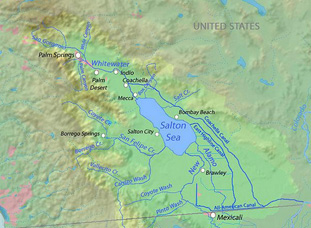Project recommendation
Contact us
tel:027-87580888
phone:18971233215
fax:027-87580883
email:didareneng@163.com
address: Inside the China University of Geosciences, 388 Lumo Road, Hongshan District, Wuhan (Wuhan)
 industry news
industry news Double-Flash Steam Power Plants
The double-flash steam plant is an improvement on the single-flash design in that it can produce 15—25% more power output for the same geothermal fluid conditions. The plant is more complex, more costly and requires more maintenance, but the extra power output often justifies the installation of such plants. Double-flash plants are fairly numerous and are in operation in ten countries. As of August 2011, there are 59 units of this kind in operation, 10`% of all geothermal plants. The power capacity ranges from 4.7 to 110 MW, and the average power is about 31 MW per unit.
Since many aspects of a double-flash plant are similar to a single-flash plant, we will generally follow the same format as in Chap. 5 but will focus on the differences between the two concepts. The fundamental new feature is a second flash process imposed on the separated liquid leaving the primary separator in order to generate additional steam, albeit at a lower pressure than the primary steam.
Two-phase pipelines from several wells to satellite separators in the field, with high-pressure steam lines and hot water pipelines to the powerhouse, flashers) at the powerhouse, short low-pressure steam lines to the turbine, and hot water pipelines from the powerhouse to the injection wells. An example of the type of system shown in Fig is presented in Fig. 6.5. The list of arrangements is not exhaustive. For example, there may be a set of conditions that favor wellhead separators with satellite flashers, or some combination of the above arrangements. The best choice will be determined by thermodynamic and economic analysis, taking into account
site-specific conditions including the tempera- true, pressure, and chemical nature of the geofluid, the location of production and injection wells relative to the powerhouse, topography of the site, and method of fluid disposal, including any required scale-control techniques. The latter are now routinely used at many plants and involve both down-well treatment to prevent calcite scaling in the production wells, and/or post-plant treatment to prevent silica deposition in the injection piping and wells. These potential problems are common to both single- and double-flash plants.
Since many aspects of a double-flash plant are similar to a single-flash plant, we will generally follow the same format as in Chap. 5 but will focus on the differences between the two concepts. The fundamental new feature is a second flash process imposed on the separated liquid leaving the primary separator in order to generate additional steam, albeit at a lower pressure than the primary steam.











